Home>Garden Essentials>How To Plant Vinca Ground Cover
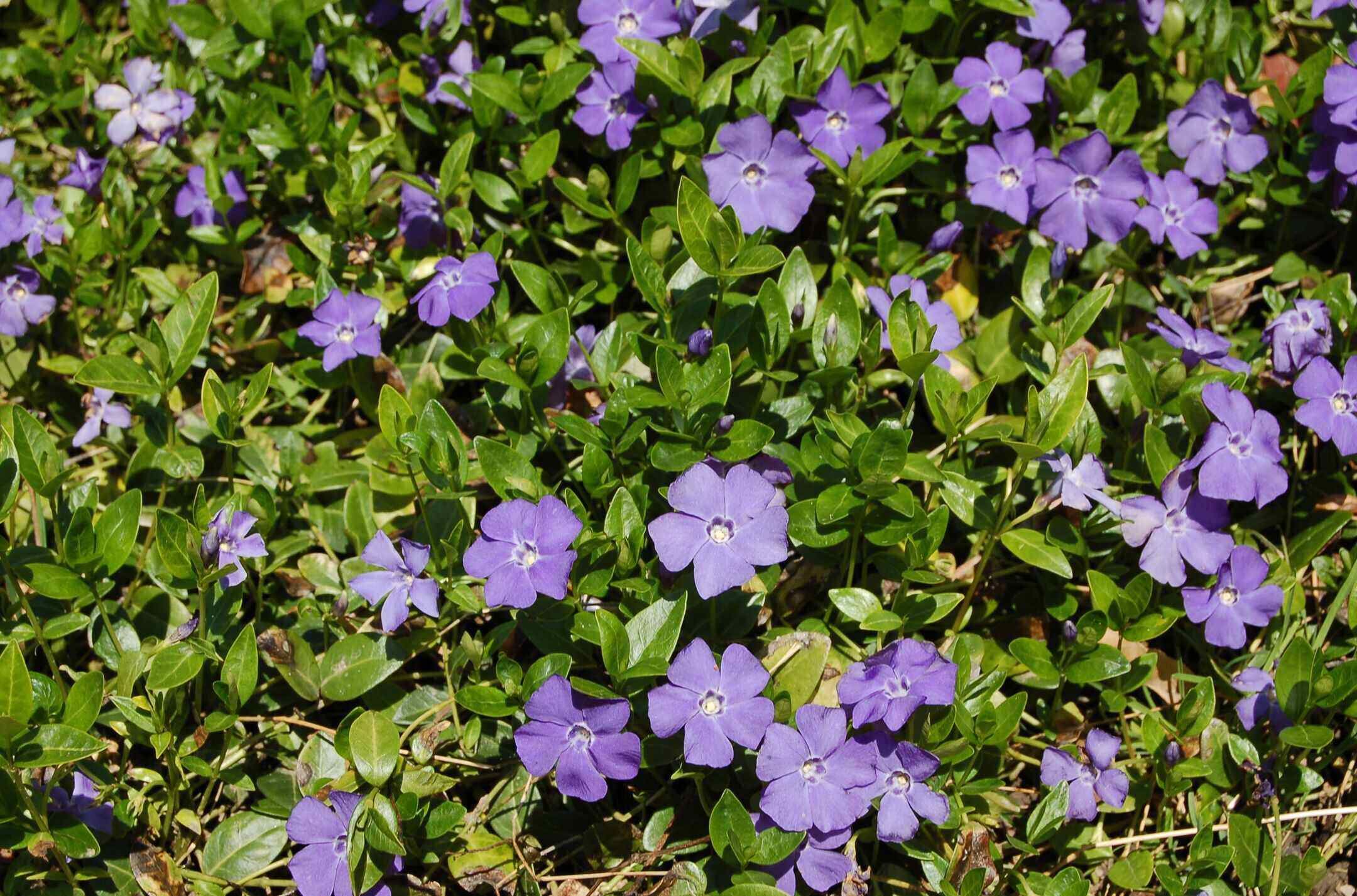

Garden Essentials
How To Plant Vinca Ground Cover
Modified: March 7, 2024
Learn how to plant vinca ground cover in your garden and enjoy a beautiful and low-maintenance addition to your outdoor space.
(Many of the links in this article redirect to a specific reviewed product. Your purchase of these products through affiliate links helps to generate commission for Storables.com, at no extra cost. Learn more)
Introduction
Welcome to your comprehensive guide on how to plant vinca ground cover! Vinca, also known as periwinkle, is a popular choice among gardeners for its vibrant flowers and ability to create a lush carpet-like effect in the landscape. Whether you’re looking to add some color to a shady area or fill in spaces between larger plants, vinca ground cover is an excellent option.
In this article, we’ll cover everything you need to know about planting vinca ground cover, from choosing the right location to caring for your plants. So, let’s get started and transform your garden into a stunning and low-maintenance oasis with vinca!
Key Takeaways:
- Vinca ground cover thrives in partial to full shade and well-drained soil, making it perfect for adding vibrant color to shady areas and suppressing weeds.
- Propagate vinca through division, cuttings, or seeds to expand your ground cover and create a stunning, low-maintenance landscape. With proper care, vinca will flourish and transform your garden into a lush oasis.
Choosing the Right Location
When it comes to planting vinca ground cover, selecting the right location is essential for the health and success of your plants. Here are a few key factors to consider:
- Sun Exposure: Vinca prefers partial to full shade, making it an ideal choice for areas with little direct sunlight. While it can tolerate some sun, too much exposure may cause the leaves to wilt or burn.
- Soil Type: Vinca can adapt to a wide range of soil conditions, but it thrives in well-drained soil that retains some moisture. Avoid planting in areas with heavy clay or poorly draining soil, as this can lead to root rot.
- Climate: Vinca is a versatile plant that can grow in various climate zones. However, it is more commonly grown in temperate and mild regions. If you live in an area prone to harsh winters, make sure to choose frost-tolerant vinca varieties.
- Companion Plants: Consider the surrounding plants and how they will complement the vinca ground cover. Vinca pairs well with shade-loving perennials like hostas, ferns, and astilbes.
Take your time to assess your garden and find the ideal location for your vinca ground cover. By providing the right conditions, you’ll give your plants the best chance to flourish and create a stunning display.
Preparing the Soil
Before planting vinca ground cover, it’s important to prepare the soil to create a favorable environment for the plants to thrive. Here are the steps to follow:
- Clear the area: Start by removing any existing weeds, rocks, or debris from the planting site. This will ensure that the vinca ground cover has ample space to grow and won’t have competition for nutrients.
- Loosen the soil: Use a garden fork or tiller to loosen the soil in the planting area. This will improve drainage and allow the vinca’s roots to spread easily.
- Amend the soil: Vinca prefers slightly acidic soil with a pH between 6 and 7. If your soil is too alkaline, you can lower the pH by adding organic matter such as compost or well-rotted manure. Incorporate these amendments into the soil to improve its texture and fertility.
- Add fertilizer: Vinca is not a heavy feeder, but you can give it a boost by adding a balanced slow-release fertilizer to the soil. Follow the manufacturer’s instructions for application rates and timing.
By properly preparing the soil, you’re setting a solid foundation for your vinca ground cover. This will enhance its growth and overall health, ensuring a beautiful and thriving landscape.
Selecting Vinca Varieties
Vinca ground cover comes in various varieties, allowing you to choose the perfect options for your garden. Here are some popular vinca varieties to consider:
- Common Vinca (Vinca minor): This is the most commonly grown variety, known for its small glossy leaves and lavender or blue flowers. It is a low-growing ground cover that spreads quickly and is excellent for suppressing weeds.
- Bigleaf Vinca (Vinca major): As the name suggests, this variety has larger leaves and flowers compared to Vinca minor. It comes in a range of flower colors, including white, pink, and purple. Bigleaf vinca is more tolerant of heat and drought.
- Variegated Vinca (Vinca minor ‘Illumination’): This striking variety features green leaves with yellow edges, adding a splash of brightness to the garden. It has the same growth habits and preferences as the common vinca.
- Double-flowered Vinca (Vinca minor ‘Alba Plena’): If you prefer vinca with double flowers, this variety is a delightful choice. It produces small, white, fully double blooms that create an enchanting effect.
When selecting vinca varieties, consider your garden’s specific needs, such as the amount of sunlight, soil conditions, and desired aesthetic. Additionally, check with local nurseries or garden centers to see if they carry any region-specific vinca varieties that are well-suited to your climate.
By choosing a variety that aligns with your preferences and garden conditions, you’ll be on your way to creating a stunning vinca ground cover display.
Propagation Methods
When it comes to propagating vinca ground cover, there are a few different methods you can choose from. Here are the most common propagation methods for vinca:
- Division: One of the easiest ways to propagate vinca is through division. This method works well for mature plants that have spread and developed multiple stems. Dig up the plant and carefully separate the clumps into smaller sections, ensuring that each section has roots attached. Replant these divisions in a new location, and they will continue to grow and fill the area.
- Cutting: Another popular propagation method is using cuttings. Take cuttings from healthy stems of an established vinca plant, making sure they are around 4-6 inches in length. Remove the lower leaves, dip the cut ends in rooting hormone powder, and plant them in a well-draining potting mix. Keep the cuttings consistently moist and warm until they develop roots, which typically takes a few weeks. Once rooted, you can transplant the new plants into the ground.
- Seeds: While vinca seeds are available, they can be challenging to germinate. Start by sowing the seeds indoors in a seed tray or small pots with well-draining soil. Keep the soil consistently moist and provide bright light. It may take several weeks for the seeds to germinate. Once the seedlings have developed a few sets of true leaves, they can be transplanted outdoors after the last frost.
When propagating vinca, it’s important to provide the right growing conditions and care for the new plants, whether they are divisions, cuttings, or seeds. Make sure they receive adequate sunlight, water, and nutrients to encourage healthy growth.
By utilizing these propagation methods, you can easily expand your vinca ground cover and create a beautiful and cohesive landscape.
Plant vinca ground cover in well-drained soil with partial to full sun. Space plants 12-18 inches apart and water regularly until established. Mulch to retain moisture and suppress weeds.
Read more: How To Plant Clover As Ground Cover
Planting Vinca Seedlings
Planting vinca seedlings is an exciting step in establishing your vinca ground cover. Here are the steps to follow for successful planting:
- Timing: Wait until the danger of frost has passed before planting vinca seedlings outdoors. This is typically in late spring or early summer when the soil has warmed up.
- Preparing the soil: Before planting, make sure the soil is well-prepared by removing any weeds or debris. It should be loose, well-draining, and enriched with organic matter.
- Planting spacing: Space vinca seedlings about 10 to 12 inches apart, as they will spread and fill in the gaps over time. This will create a dense and attractive ground cover.
- Digging the holes: Dig holes that are slightly larger than the size of the seedling’s root ball. Make sure the holes are deep enough to accommodate the roots without crowding them.
- Planting the seedlings: Gently remove the seedlings from their containers and place them in the prepared holes. Fill the holes with soil, ensuring that the seedlings are at the same level as they were in the containers.
- Watering: After planting, give the seedlings a thorough watering to settle the soil around their roots. Keep the soil consistently moist but not saturated, especially during hot and dry periods.
It’s important to note that vinca seedlings may take some time to establish themselves and start spreading. Be patient and provide regular care to encourage healthy growth.
By following these steps, you’ll ensure that your vinca seedlings have the best start in their new location. With proper care and maintenance, they will soon grow into a vibrant and flourishing ground cover.
Caring for Vinca Ground Cover
Once your vinca ground cover is planted and established, it’s important to provide proper care to keep it healthy and vibrant. Here are some essential tips for caring for your vinca ground cover:
- Watering: Vinca prefers consistently moist soil but not waterlogged conditions. Water the plants regularly, especially during dry periods, to keep the soil moist. Avoid overwatering, as it can lead to root rot.
- Mulching: Apply a layer of organic mulch around the vinca plants to help retain moisture, suppress weed growth, and regulate soil temperature. Keep the mulch a few inches away from the stems to prevent rotting.
- Fertilizing: Vinca is a relatively low-maintenance plant and doesn’t require heavy feeding. However, you can apply a balanced slow-release fertilizer once a year in early spring to provide essential nutrients. Follow the manufacturer’s instructions for application rates.
- Pruning: Vinca ground cover is known for its trailing and spreading growth habit. Regularly trim back any overgrown or leggy stems to maintain a neat and compact appearance. Pruning can also help promote better airflow and reduce the risk of disease.
- Weed control: Vinca ground cover is effective at suppressing weeds, but it’s still essential to monitor and remove any weeds that may find their way into the planting area. Regular weeding will prevent competition for nutrients and space.
- Protecting from extreme temperatures: Vinca is typically hardy, but extreme heat or cold can stress the plants. Provide shade or cover the plants during very hot spells, and mulch around the base during cold winters to protect the roots.
By following these care tips, you’ll support the health and vitality of your vinca ground cover. It will reward you with a beautiful and lush carpet of foliage and flowers.
Dealing with Common Issues
While vinca ground cover is generally a hardy and low-maintenance plant, it can still face certain issues. Here are some common problems you may encounter and how to deal with them:
- Disease: Vinca can be susceptible to fungal diseases such as leaf spot and root rot. To prevent these diseases, ensure proper spacing between plants for good air circulation, avoid overwatering, and remove any diseased plant material promptly. Fungicides may be necessary in severe cases.
- Pest infestations: Vinca can attract pests such as aphids, slugs, and snails. Regularly inspect your plants for signs of infestation and take appropriate measures to control pests. This may include using insecticidal soap, organic repellents, or manually removing pests.
- Yellow leaves: If the leaves of your vinca plant turn yellow, it may indicate overwatering or poor drainage. Adjust your watering practices and ensure the soil is well-draining. If the soil remains consistently wet, it can lead to root rot and yellowing of the leaves.
- Winter damage: In regions with harsh winters, vinca ground cover can suffer from frost damage. Protect the plants during winter by applying a layer of mulch around the base to insulate the roots. If needed, provide additional cover or move potted vinca plants indoors during extreme cold.
- Overgrowth: Vinca is a vigorous grower and can sometimes spread excessively, invading neighboring plants or areas of the garden. Regular pruning and maintenance can help control its growth and prevent it from becoming invasive. Trim back any overgrown stems and remove excess foliage if needed.
By keeping an eye out for these issues and taking prompt action, you can effectively manage and resolve problems that may arise with your vinca ground cover. This will help maintain the health and beauty of your plants.
Pruning and Maintenance
Pruning and maintenance are essential tasks for keeping your vinca ground cover healthy, neat, and attractive. Regular care will help promote vigorous growth and prevent the plant from becoming overgrown or invasive. Here are some guidelines for pruning and maintaining your vinca ground cover:
- Trimming: Trim back any overgrown or leggy stems to maintain a compact and tidy appearance. Use pruning shears or hedge trimmers to cut back the vinca plants, making sure to remove only a portion of the growth at a time. Avoid cutting back too drastically, as this can stress the plants.
- Deadheading: Removing faded or spent flowers, a process known as deadheading, will encourage the plant to produce new blooms and extend the flowering season. Pinch or snip off the dead flowers just above a set of healthy leaves or buds.
- Monitoring for invasiveness: Vinca ground cover can be a vigorous grower and spreader. Keep an eye on its growth and regularly remove any vines or runners that are encroaching on other plants or areas of the garden. This will help prevent it from becoming invasive and taking over the space.
- Regular weeding: Despite its ability to suppress weeds, vinca ground cover may still experience some weed growth. Regularly inspect and remove any unwanted weeds that may pop up within the planting area. This will help prevent competition for nutrients and space.
- Mulching: Apply a layer of organic mulch around the base of the vinca plants to help suppress weeds, retain soil moisture, and regulate temperature. This will also provide a polished and finished look to your vinca ground cover.
By dedicating time to pruning and maintaining your vinca ground cover, you’ll be rewarded with a neat, well-groomed, and flourishing landscape. Remember to always use clean and sharp pruning tools to avoid damaging the plants.
With proper care and maintenance, your vinca ground cover will continue to thrive and provide you with beautiful foliage and vibrant flowers year after year.
Read more: How To Plant Sedum Ground Cover
Conclusion
Congratulations! You now have all the knowledge you need to successfully plant and care for vinca ground cover in your garden. With its vibrant blooms and lush carpet-like foliage, vinca is a fantastic choice for adding color and texture to your landscape.
Remember to choose the right location for your vinca, ensuring it receives the appropriate amount of sunlight and has well-drained soil. Prepare the soil by removing weeds and debris and amend it with organic matter for optimal growth. Select the vinca variety that suits your preferences and garden conditions, whether it’s the classic Vinca minor or a variegated or double-flowered variety.
Propagation methods such as division, cuttings, or seeds can help you expand your vinca ground cover and create an even more impressive display. Take care to plant seedlings properly, ensuring they have enough space to grow and thrive. Once established, provide regular care by watering appropriately, fertilizing when necessary, and pruning to maintain a neat appearance.
Keep an eye out for common issues such as diseases, pests, yellow leaves, and winter damage, and take appropriate measures to address them promptly. With proper maintenance and attention, you can prevent these issues and keep your vinca ground cover healthy and beautiful year-round.
By incorporating vinca ground cover into your garden, you’ll enjoy a low-maintenance and visually stunning landscape. So go ahead and plant your vinca, and watch as it transforms your garden into a vibrant and lush oasis!
Frequently Asked Questions about How To Plant Vinca Ground Cover
Was this page helpful?
At Storables.com, we guarantee accurate and reliable information. Our content, validated by Expert Board Contributors, is crafted following stringent Editorial Policies. We're committed to providing you with well-researched, expert-backed insights for all your informational needs.
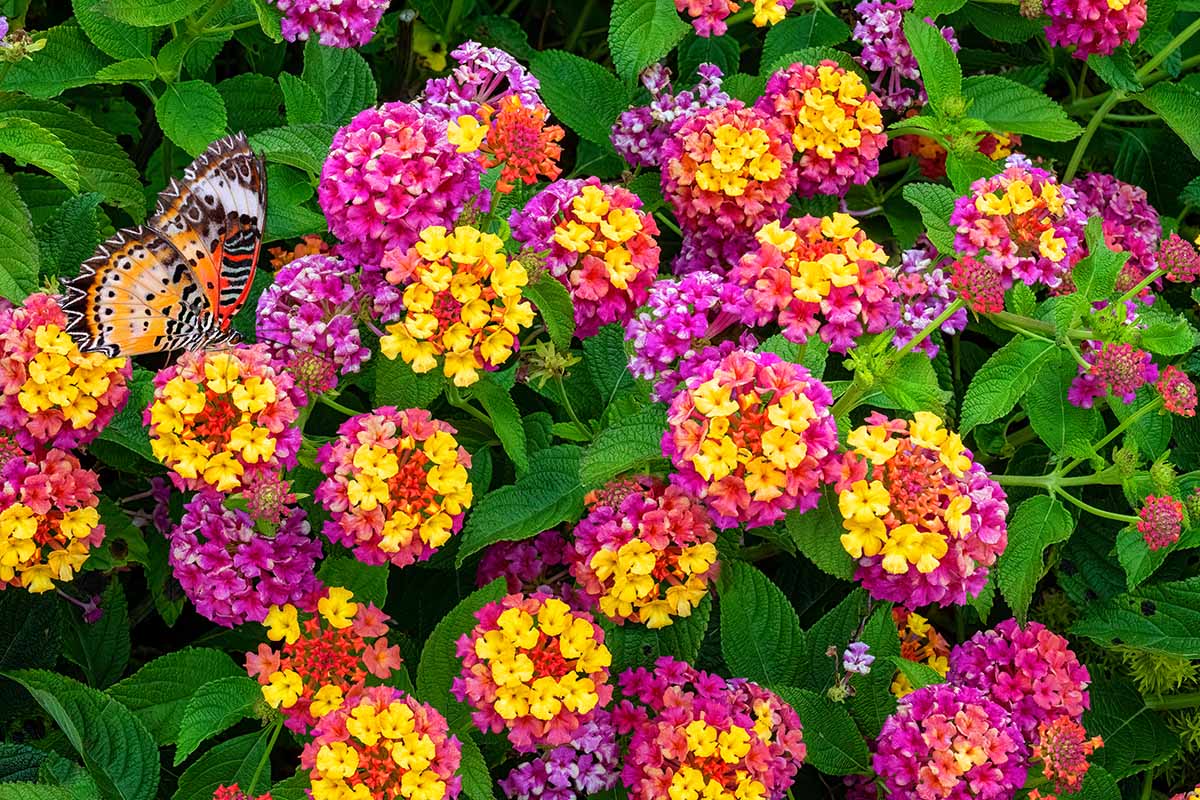
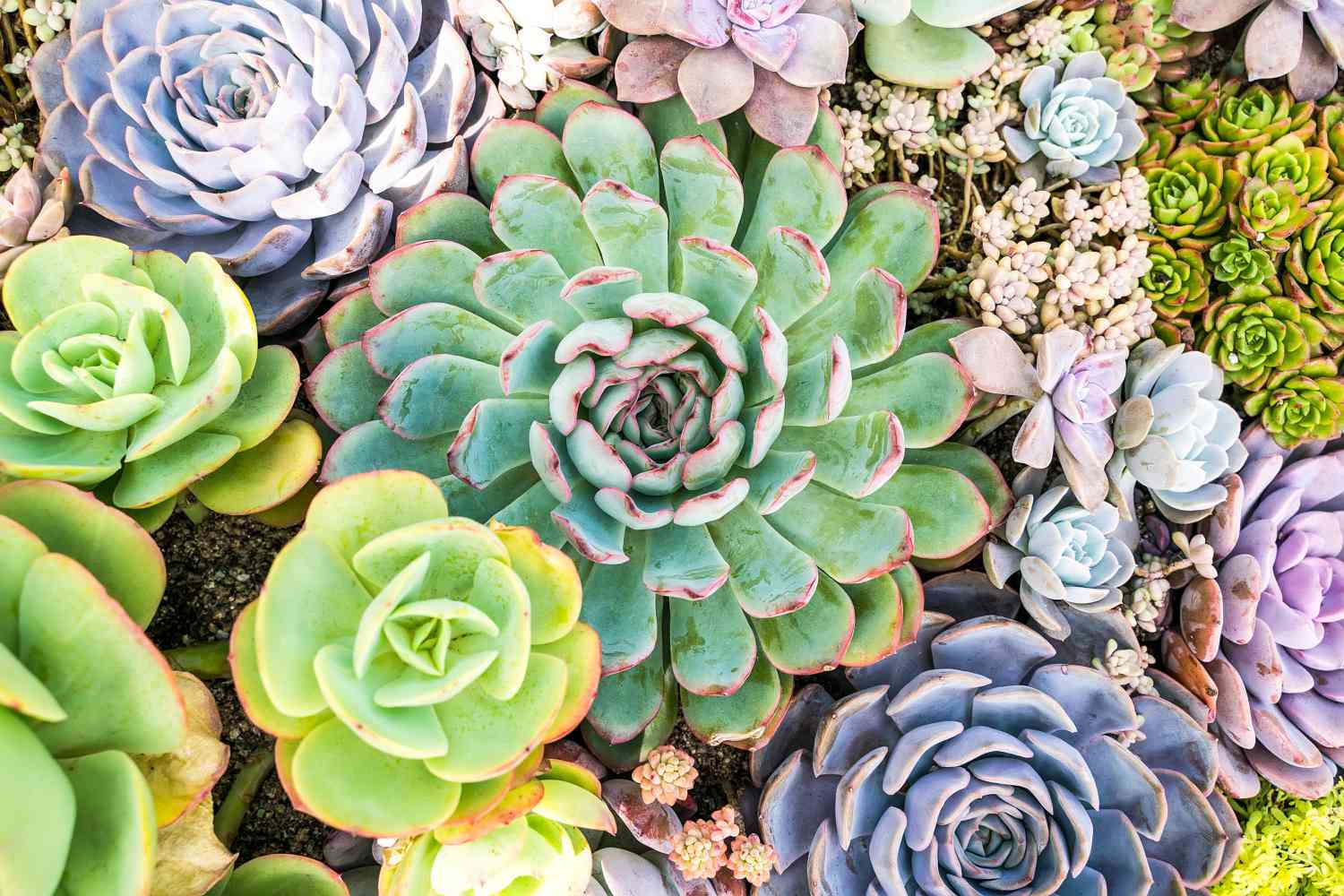
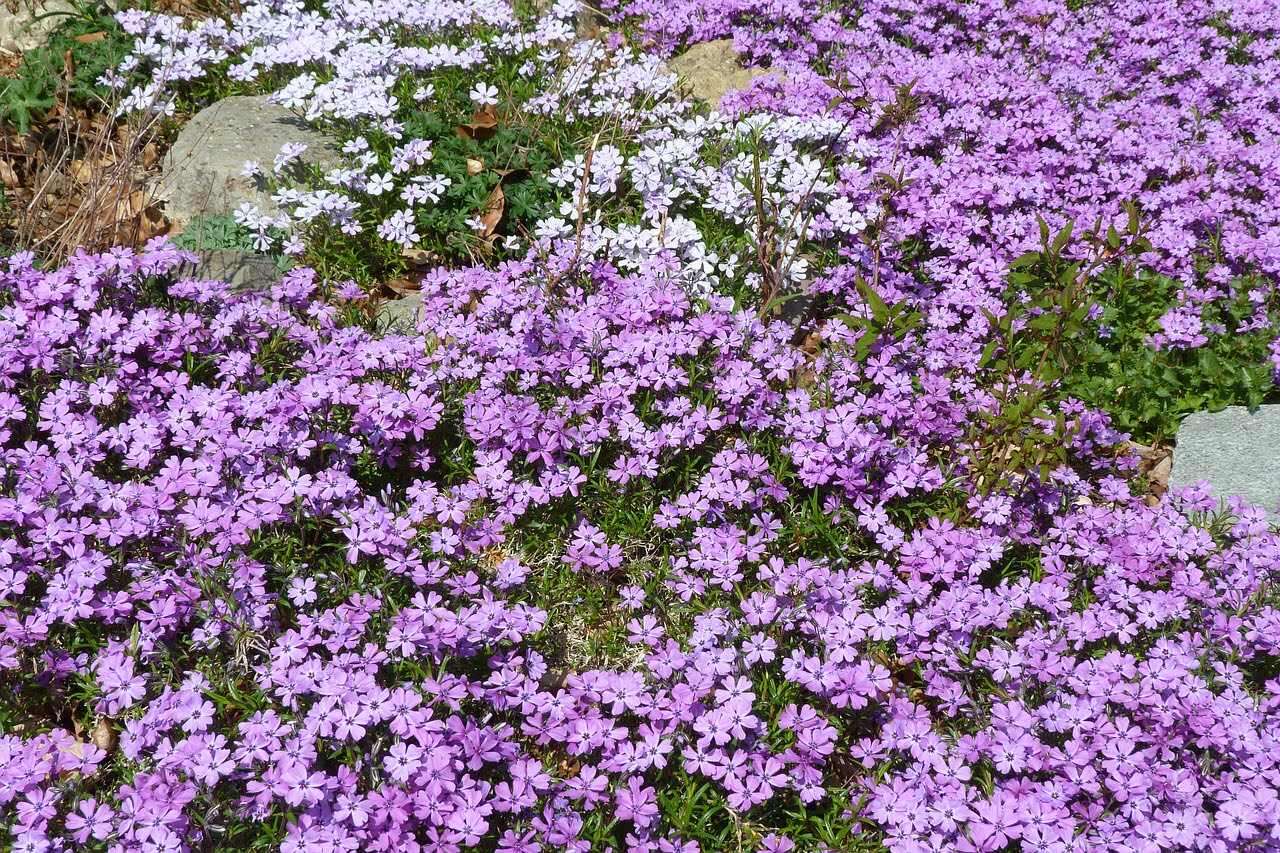
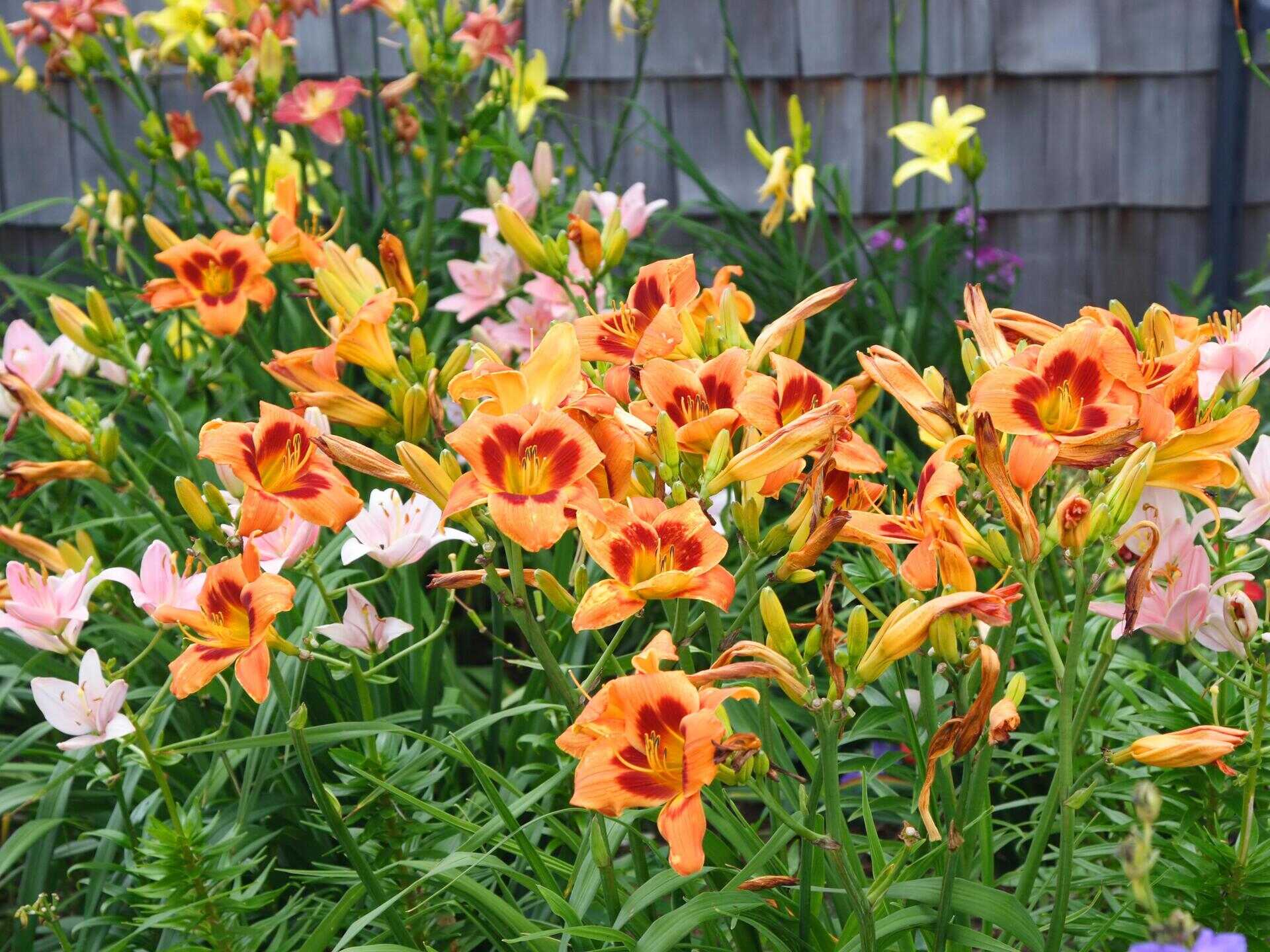
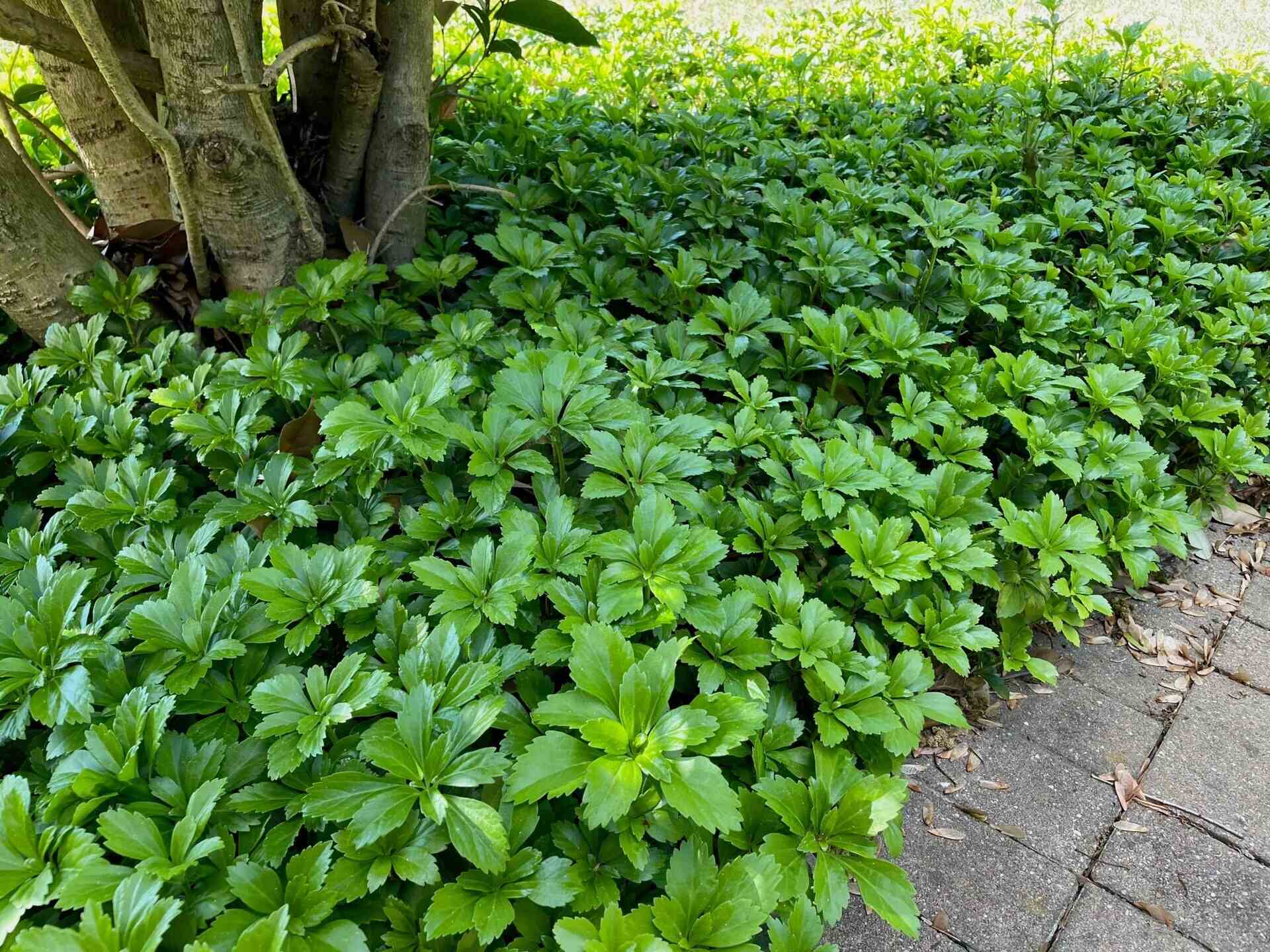
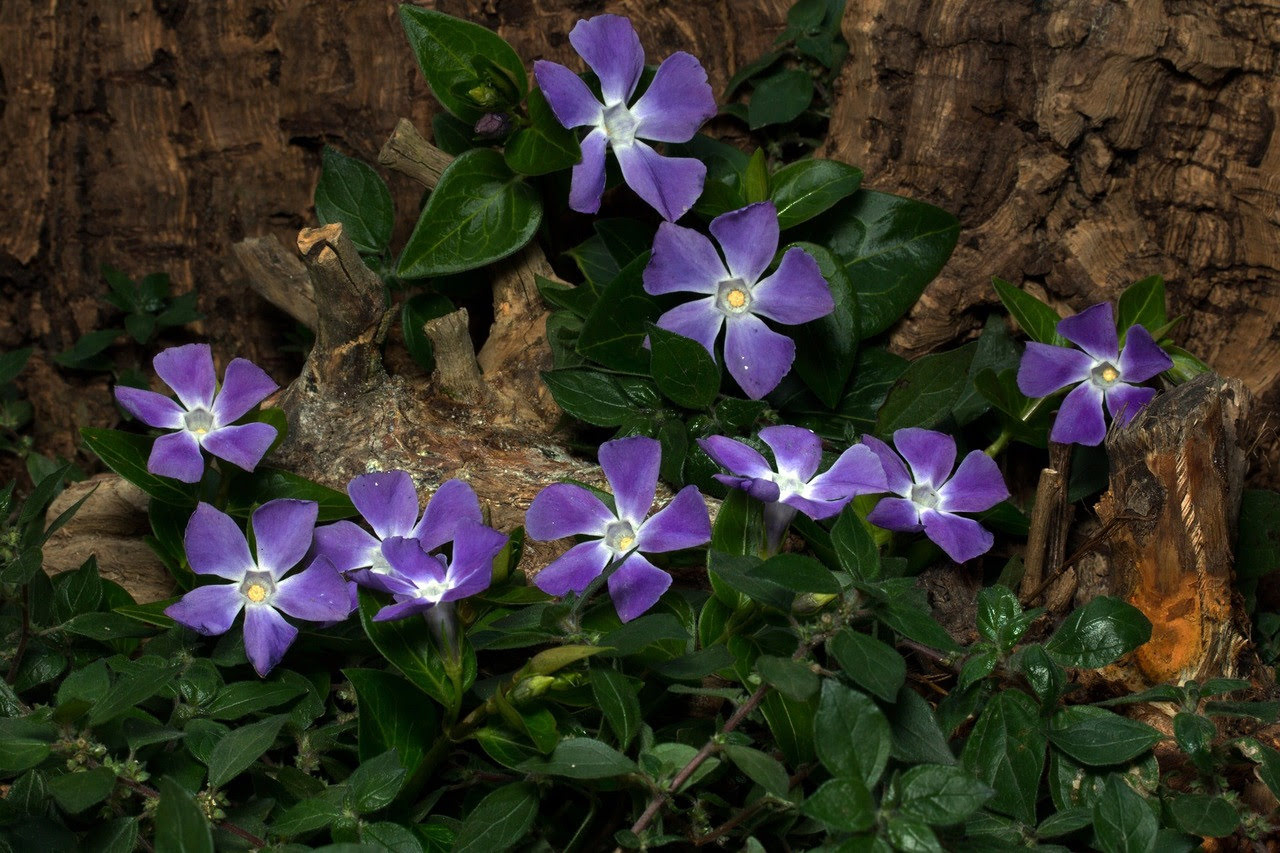
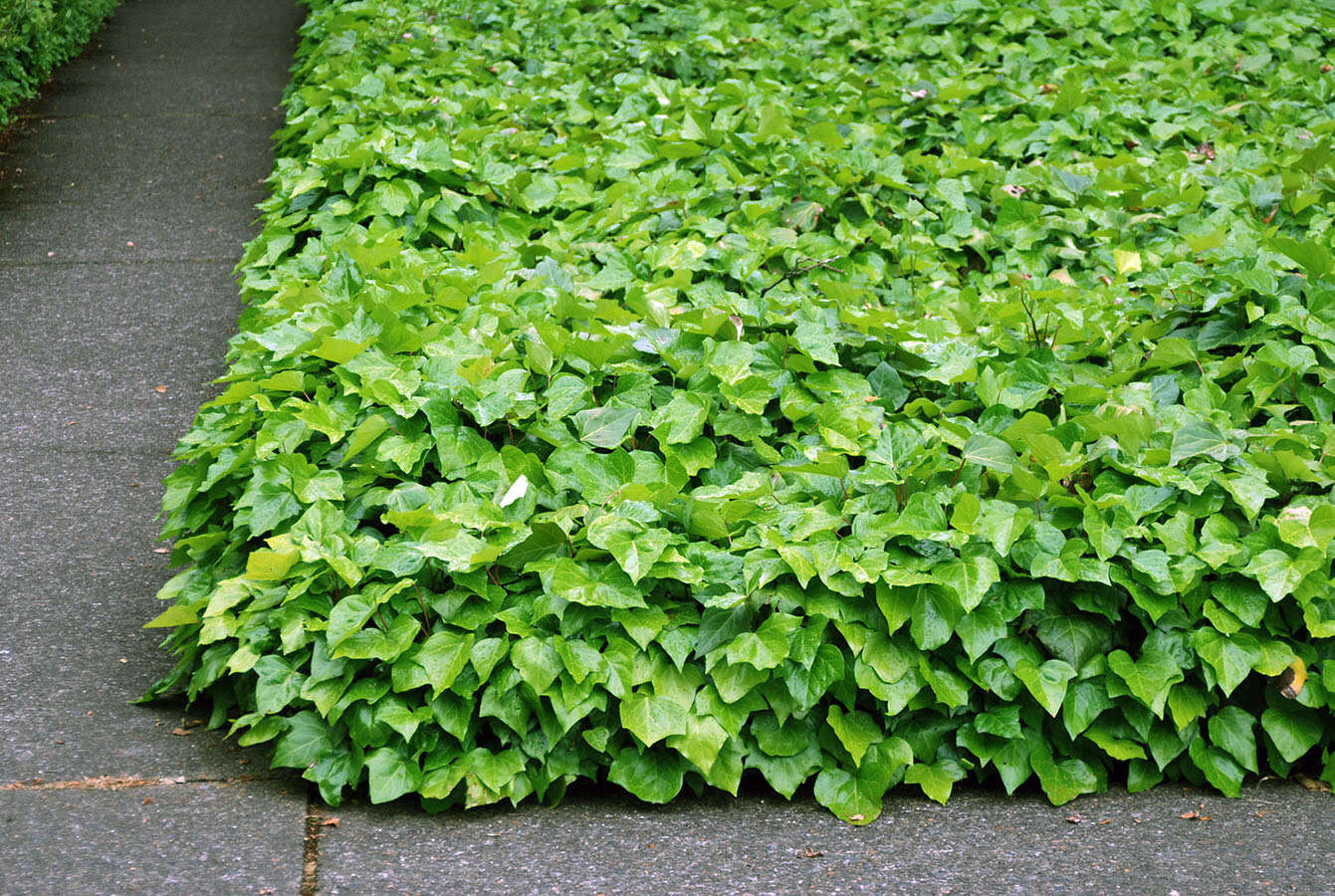
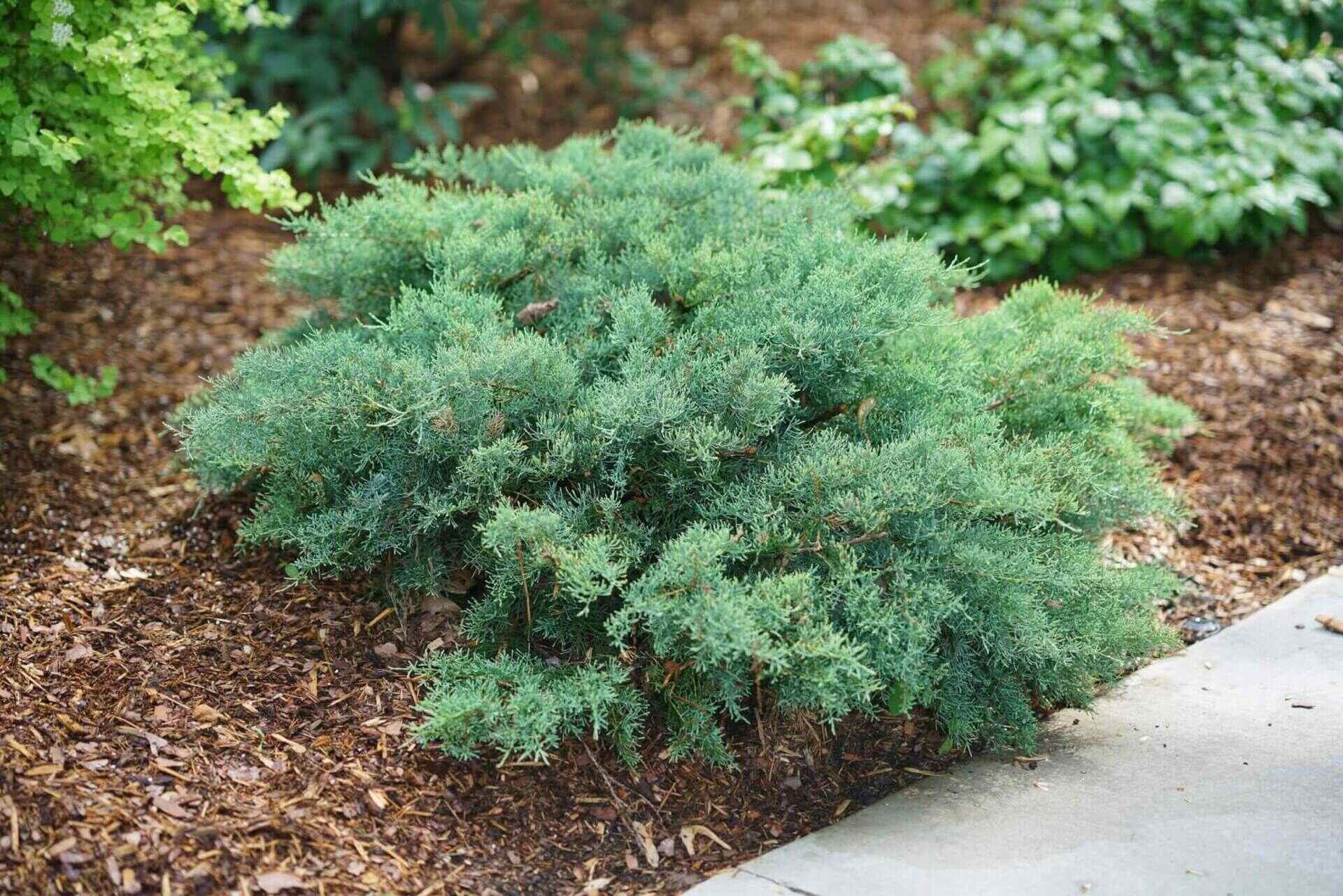
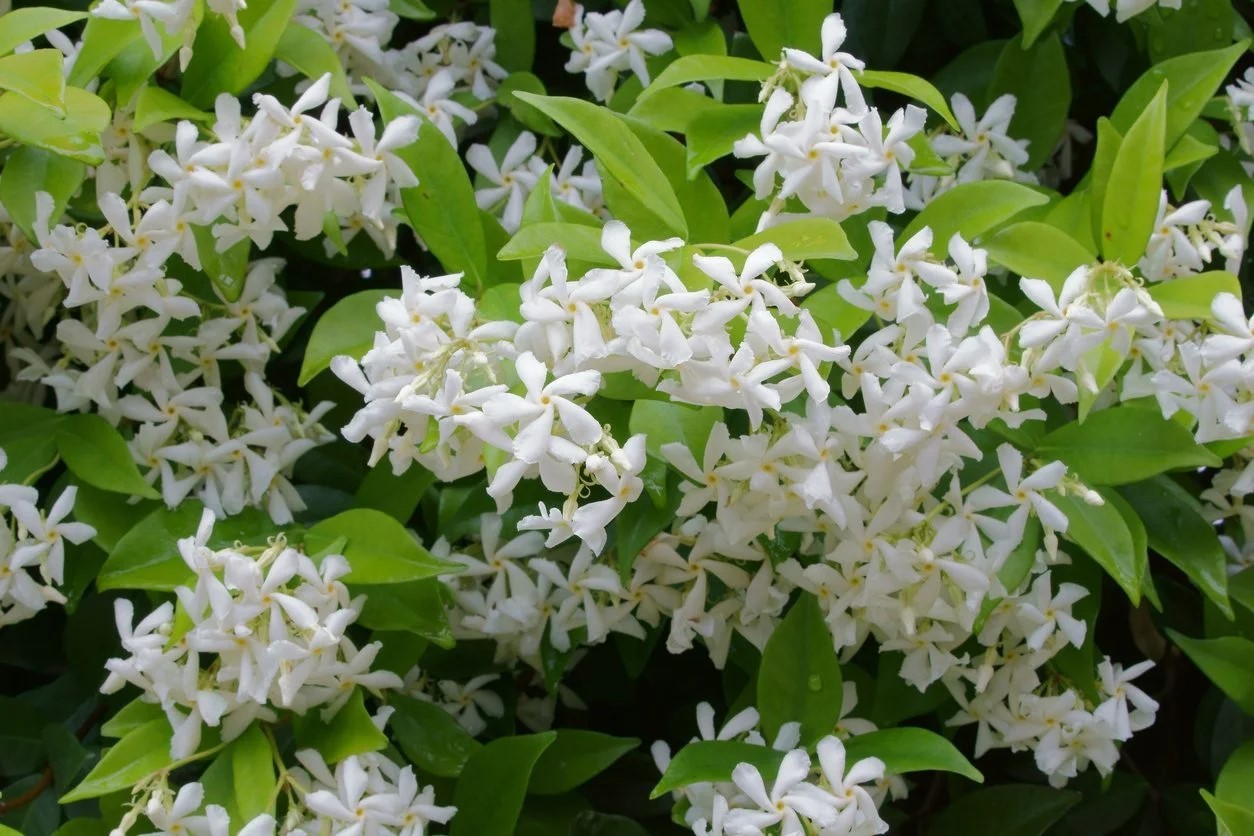
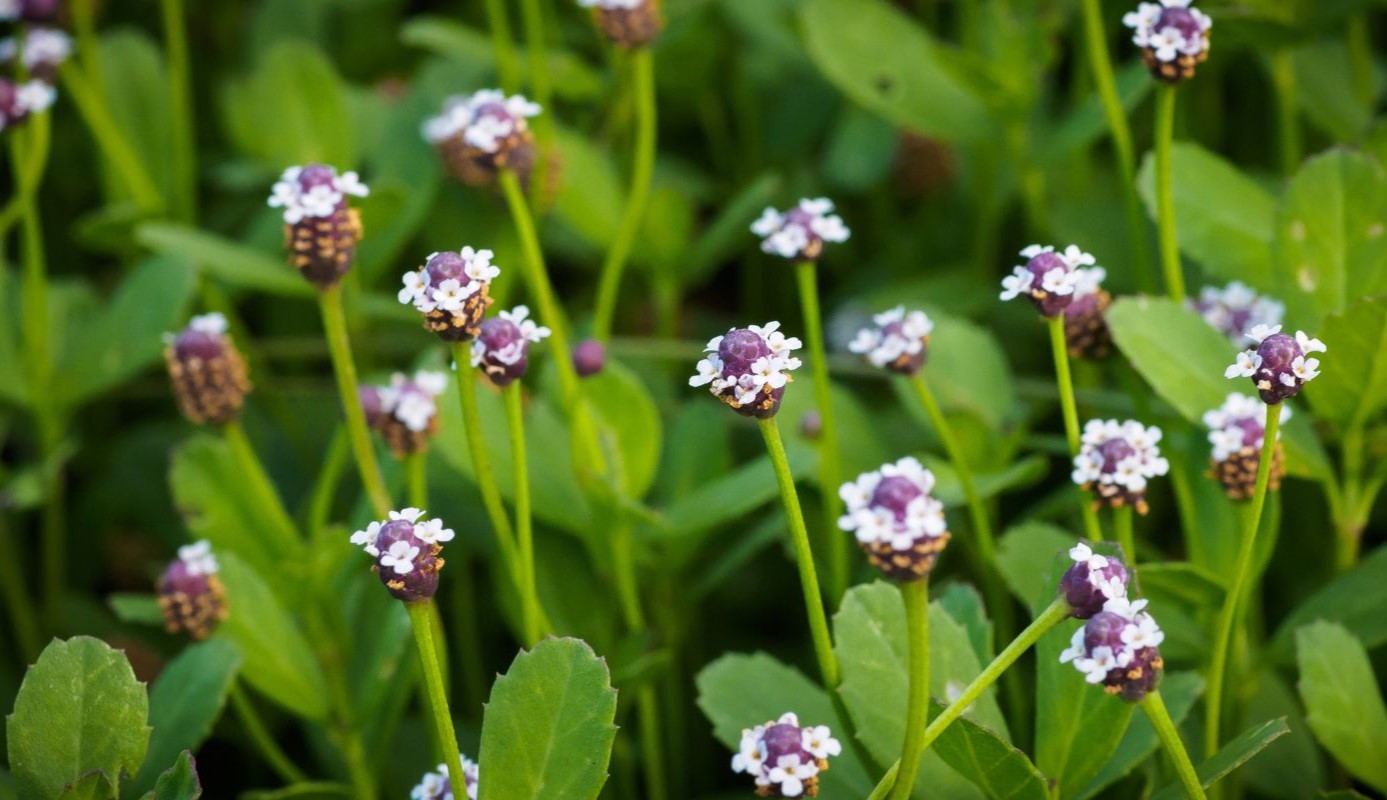
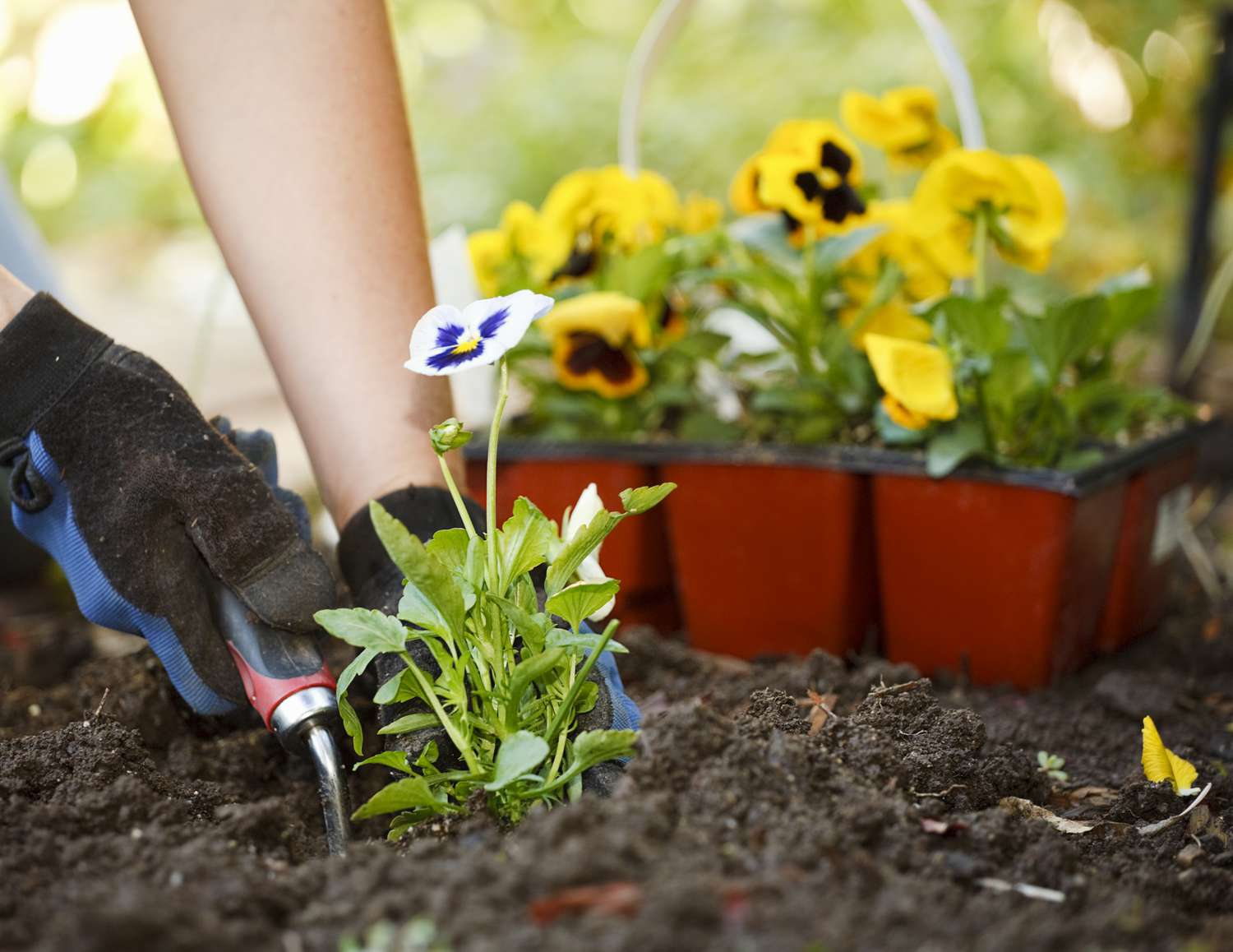
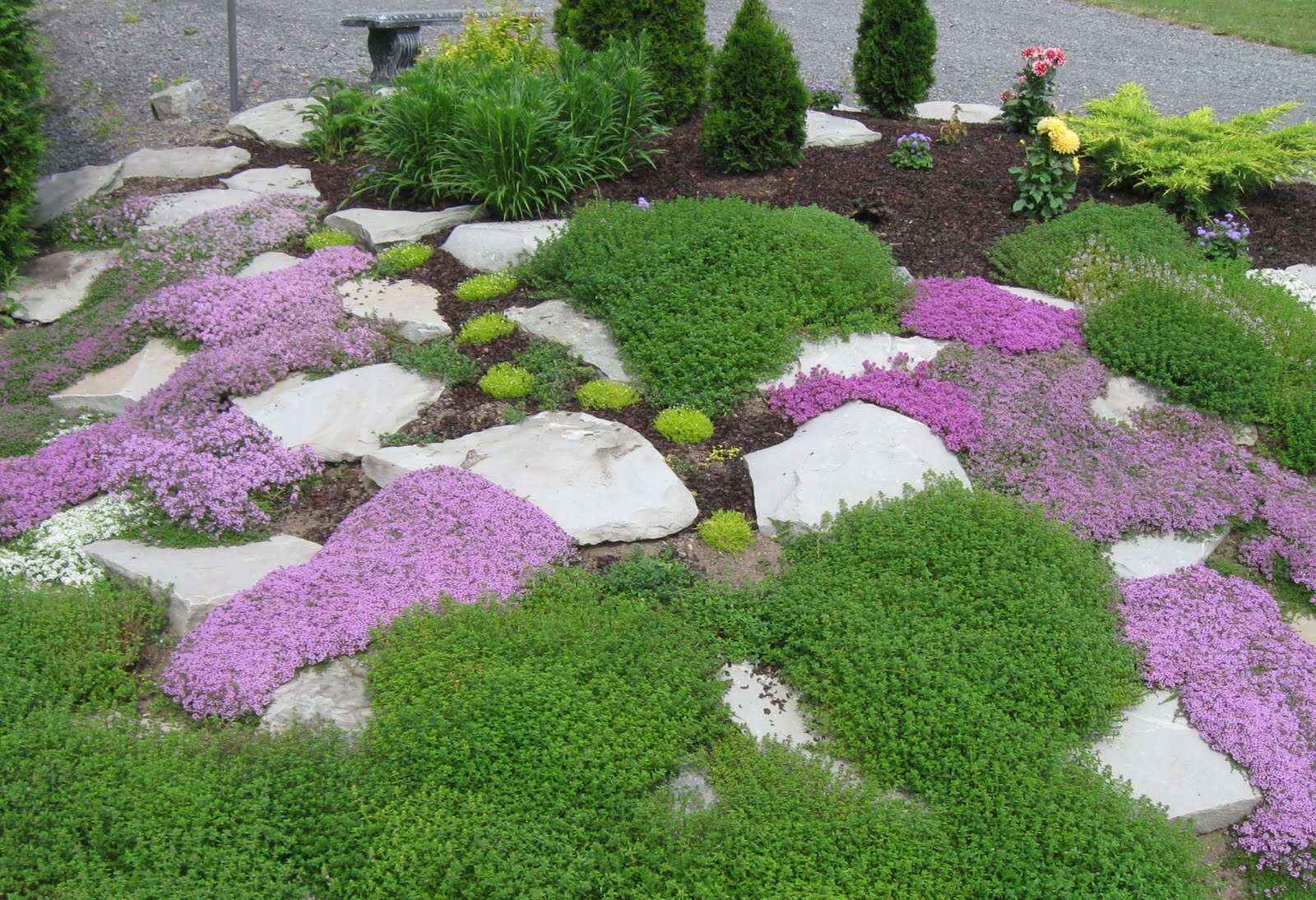
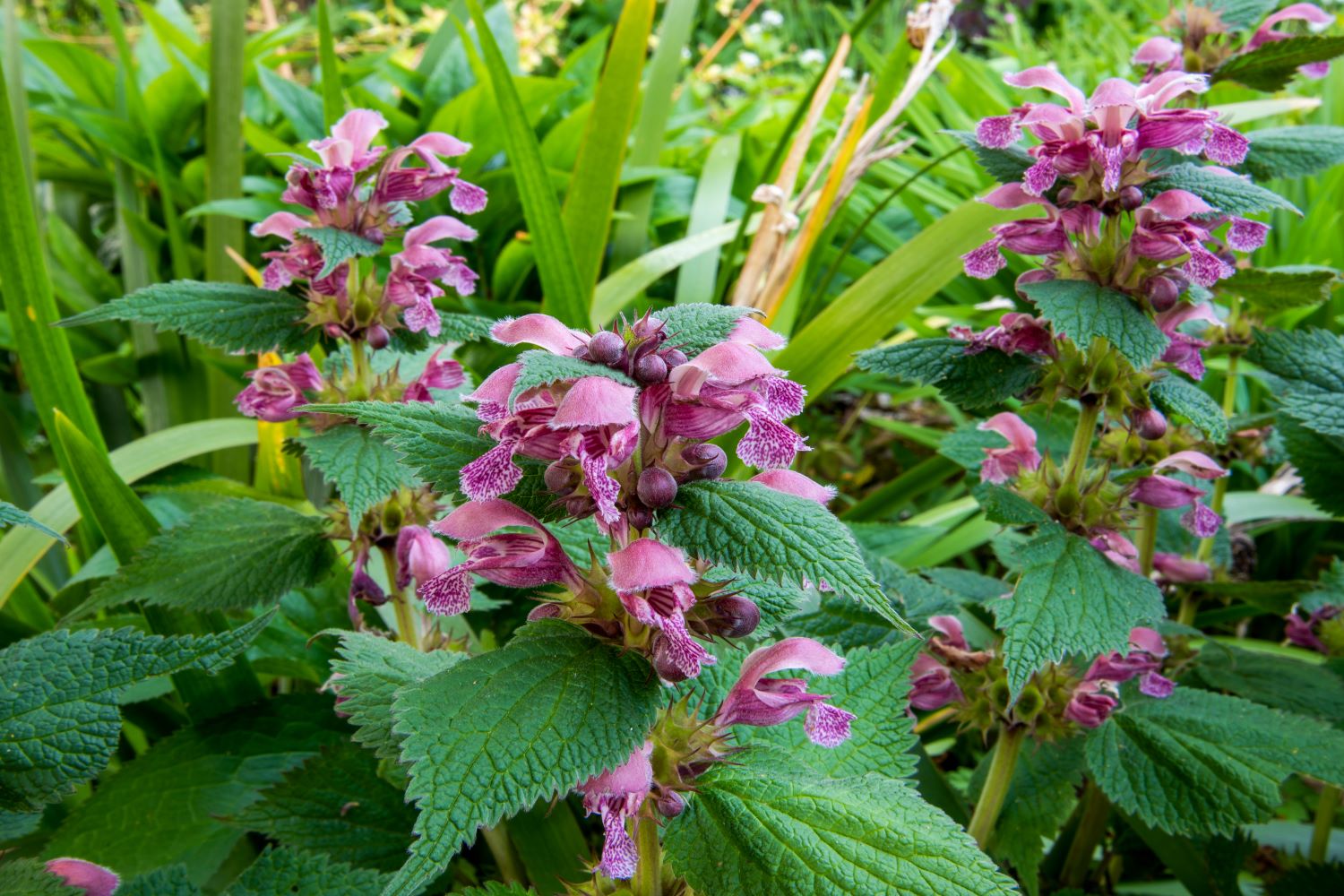

0 thoughts on “How To Plant Vinca Ground Cover”